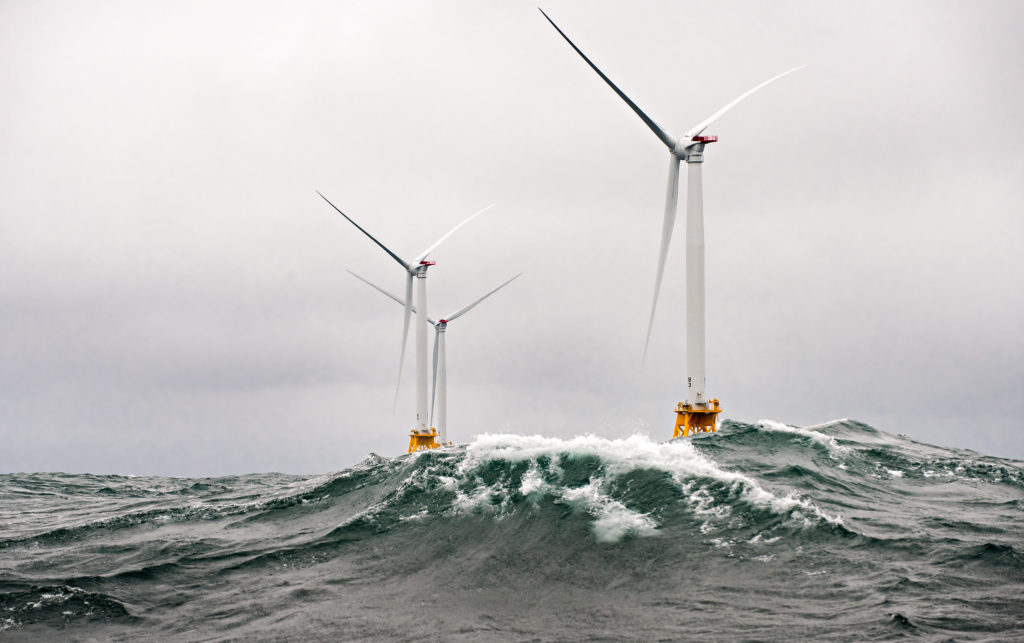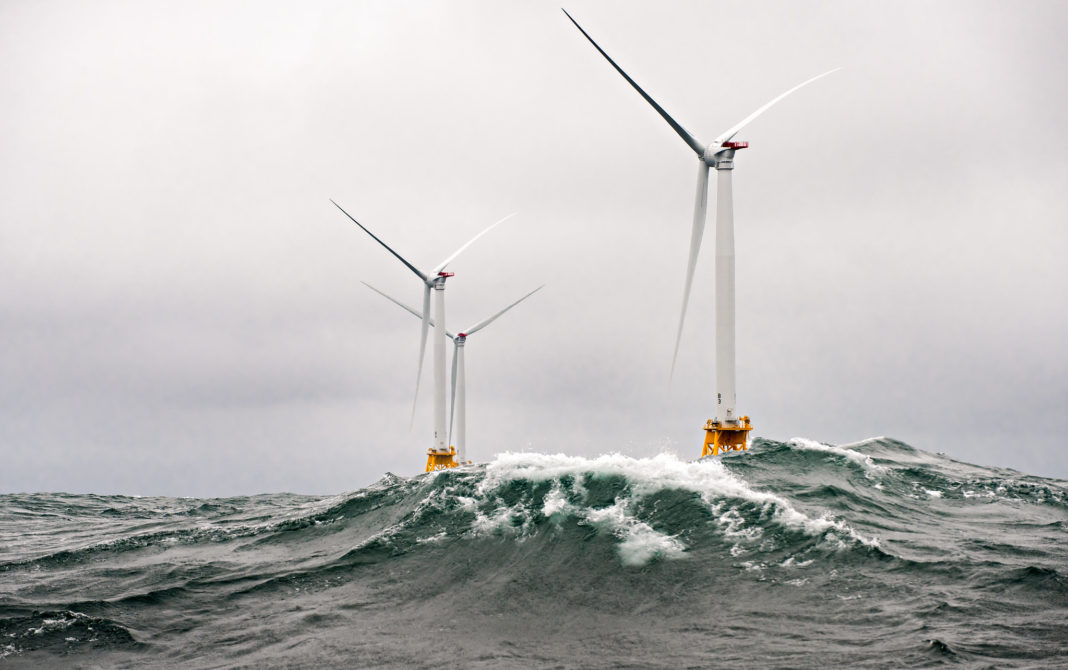The construction of the foundations of Princess Elisabeth Island will begin in early 2024 and will last 2.5 years. After that, the installation of the high-voltage infrastructure can be started. The latter will be necessary for bringing the electricity from Belgium’s future offshore wind zone to shore.

The island will also be the first building block of an integrated European offshore electricity grid that will connect various hubs and countries together.
System operator Elia presented its draft plans for what it says will be the world’s first artificial energy island in October 2022. The tender process for the island started in January 2022. Elia received multiple bids from companies based in Belgium and abroad. TM EDISON was selected as the winner. In addition to a specialized fleet, DEME and Jan De Nul hold experience and expertise in the field of dredging, land extension, coastal protection and civil engineering.
DEME says Princess Elisabeth Island will be the world’s first artificial energy island that combines both direct current (HVDC) and alternating current (HVAC). The island’s high-voltage infrastructure will bundle the wind farm export cables of the Princess Elisabeth zone together, while also serving as a hub for future interconnectors with Great Britain (Nautilus) and Denmark (TritonLink). These are so-called “hybrid interconnectors” that have a dual function and are therefore more efficient.
The energy island will be located about 45 km off the coast. The area set aside for the installation of the electrical infrastructure will be about 6 hectares in size, which is equivalent to about 12 football pitches. The artificial island will be located within the Princess Elisabeth wind zone and will be constructed from concrete caissons filled with sand. A small harbor and helicopter platform will also be provided to allow maintenance crews to visit the island.
According to dredgingtoday















